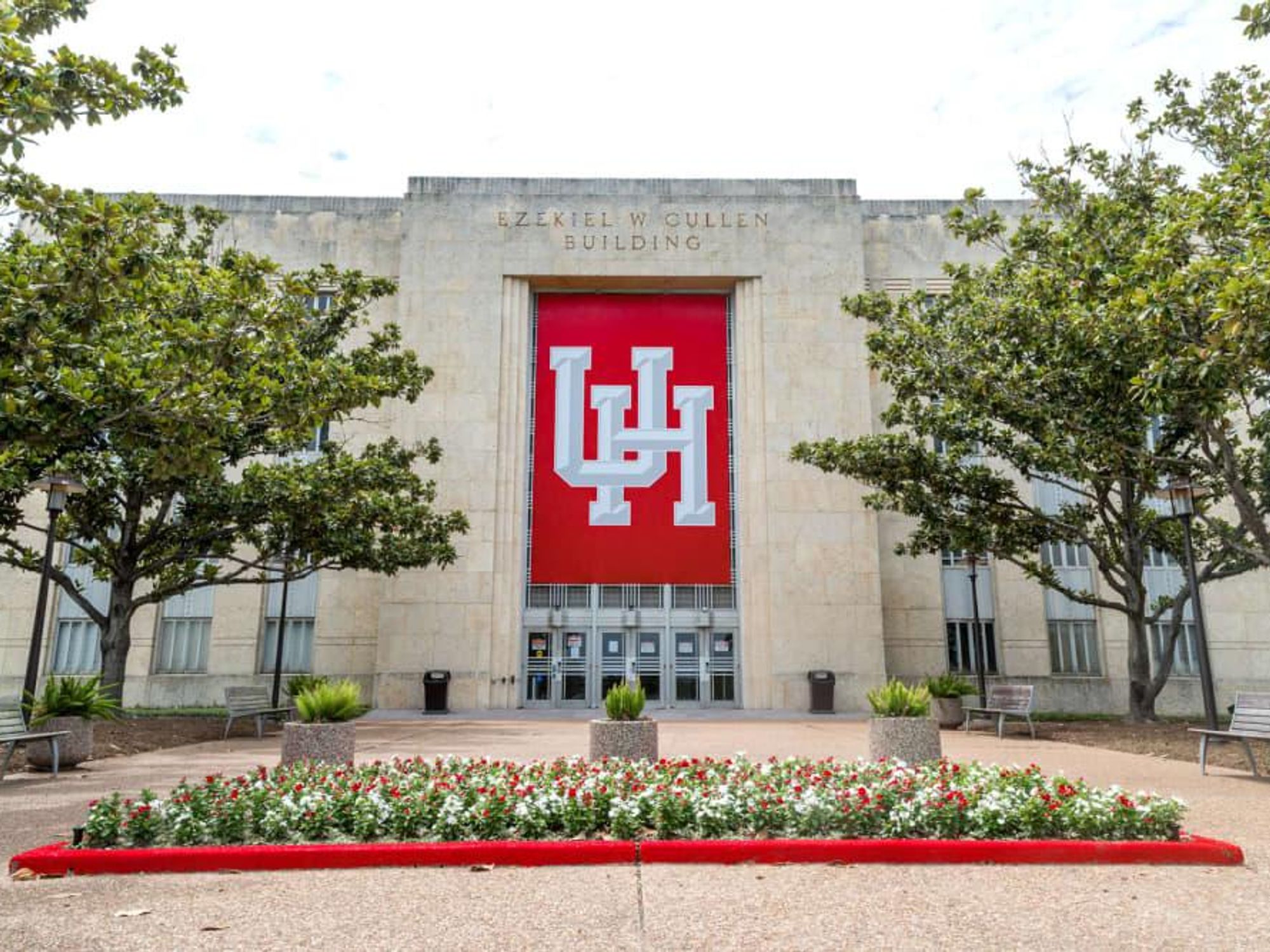doctors in the house
University of Houston unveils diverse and dynamic inaugural medical school class

Nearly three years ago, the University of Houston System Board of Regents approved the creation of a College of Medicine, thus launching the first medical school in Houston in nearly 50 years.
Now, UH has unveiled the inaugural class of its medical school, revealing a group diverse in ethnic background and life experience. The school plans to tackle a key issue in public health: the shortage of primary care doctors. These future doctors are charged by the university with eliminating health disparities in underserved urban and rural areas, which often have poorer health outcomes.
The UH College of Medicine received 1,728 applications for its first class of students; 164 applicants were interviewed for the 30 available spots, according to UH. An 18-member admissions committee screened those most likely to pursue primary care.
Here is a breakdown of UH’s inaugural medical school class:
- 30 students
- 73 percent underrepresented minorities in medicine
- 63 percent female
- 57 percent first generation in college
- 40 percent low socioeconomic status
- 100 percent Texas resident
- Five graduates of the University of Texas at Austin; two graduates each from the University of Houston, Baylor, Texas A&M, Houston Baptist, Prairie View A&M, and Rice University
According to the school, the goal is for 50 percent of graduates of the UH College of Medicine to choose primary care specialties including family medicine, general internal medicine, and general pediatrics. For some perspective, nationally, only about 20 percent of medical students choose primary care.
“We were very deliberate in our pursuit of medical students who fit the mission. This is much different than most other medical schools because we need different solutions for the current health care problems facing our city and state,” said Dr. Stephen Spann, founding dean of the College of Medicine, in a statement.
Each student will receive a $100,000 four-year scholarship through philanthropy to cover tuition and fees. At full enrollment, the College of Medicine will have 480 students, per the school. The Health 2 Building in the UH Medical District will be the college’s temporary home for the first two years until a new $80 million medical school building is completed in 2022. Construction crews broke ground on the new building on June 15, according to the university.
Being part of UH’s inaugural medical school is deeply personal for students such as Cenk Cengiz. At 14, Cengiz’s family emigrated from Turkey to Houston, but could not afford health insurance. Cengiz attended high school and college without ever seeing a doctor, which attracted him to the field of medicine and peaked his interest in the medical school’s unique mission to help underserved communities.
“I came a long way from washing dishes at age 14 at a pizza store,” Cengiz said in a statement. “My parents are super proud of me.”
